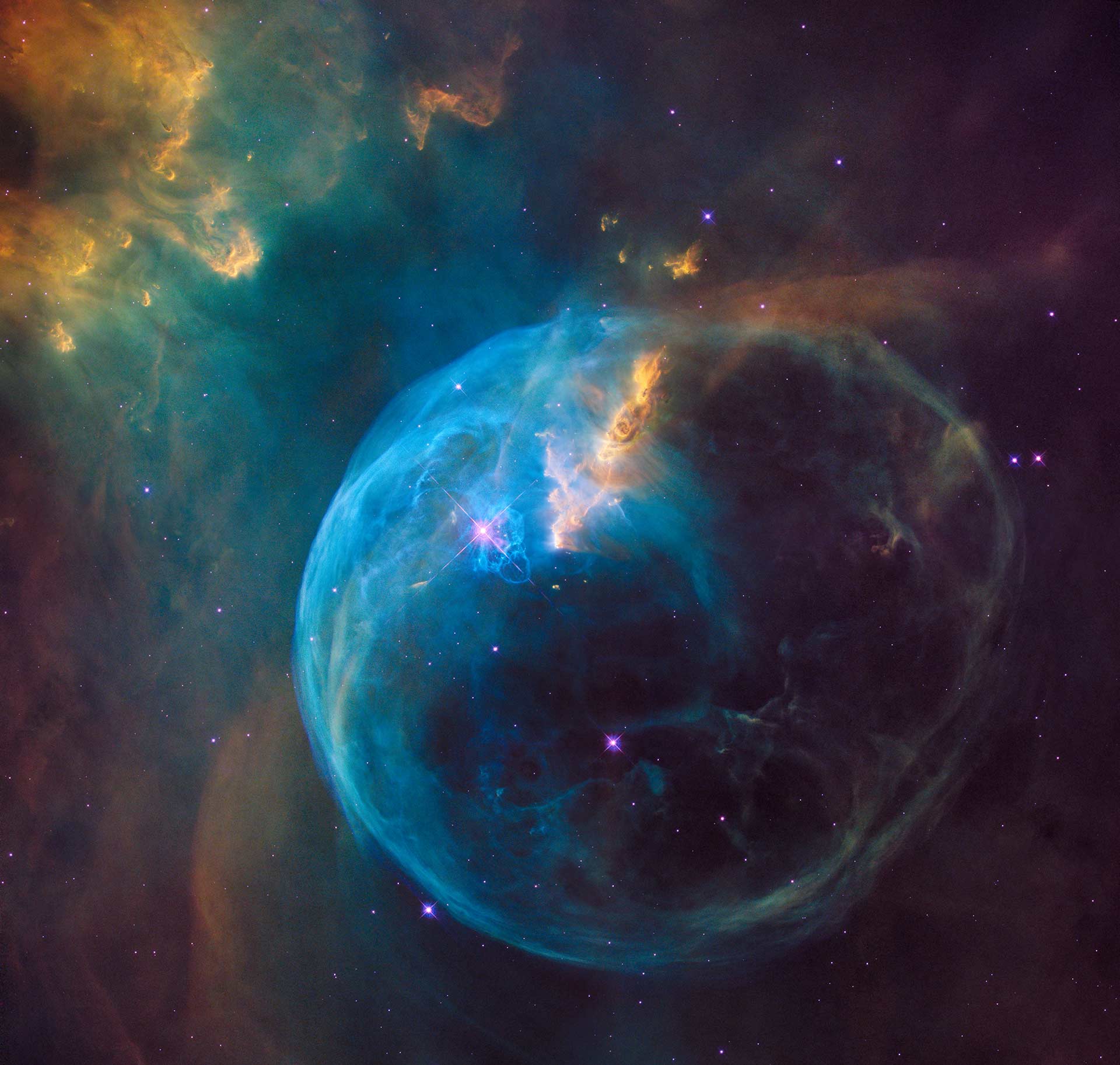Beyond the surface: how cosmic rays impact on society
In order for citizens to help explore the connections across the fields of cosmic ray physics, geology, volcanology and archaeology, REINFORCE will be developing and implement a dedicated Large-Scale Citizen Science project focusing on interdisciplinary efforts for a multimessenger study of the Earth, and its climate, contributing to the understanding of topics such as climate change, volcano, earthquake monitoring and marine life, as well as their societal impact.
The demonstrator will be carried out by the French National Centre for Scientific Research (CNRS), which is one of the world-leaders in imaging structures with cosmic muons. Muography is an innovative technique that uses secondary cosmic rays produced in the atmosphere to create a projectional image of a target volume, as is done for instance in medical imaging with X-rays. In the last 20 years, the renewal of this technique in geoscience has mostly concerned the radiography of the inner parts of active volcanic domes. Many volcanoes have been scanned all over the world and different hardware techniques have been used so far. Regardless of the techniques employed or the scientific teams involved, the data analysis remains quite simple and universal since muons are simply tracked in a set of parallel detection planes and timestamped when they cross the detector. This simple tracking algorithm is a perfect tool for citizens to be involved and to play an active role in the data analysis and processing.
According to Jacques Marteau, head of the muography group at CNRS and deputy director of the Institute of Physics of the 2 Infinities (IP2I), the output that citizen scientists will provide will be directly integrated with the data analysis framework, optimizing simple tracking algorithms. At the same time, through REINFORCE, citizens will understand the impact of science developments in society: this technique is mostly passive and therefore can be adapted to any field of investigation: controls, risks assessment, hazards management. The main expertise domains of IPNL (active volcanoes, underground labs, archaeological tumuli, industrial infrastructures, nuclear power plants etc.) have direct consequences on the lives of citizens and, for this reason, it is essential for them to understand the importance of the development of new investigation techniques such as muography. Jacques Marteau explains that natural radioactivity (which means the cosmic particles generated in the atmosphere) may be used not only for radiocarbon dating but also for direct imaging applications, and that this passive radiation may be used by industry as well as by archaeologists.
The goal of this demonstrator is precisely to show how the technology developed to study fundamental physics can be applied to the development of frameworks that may have a significant impact on society.




